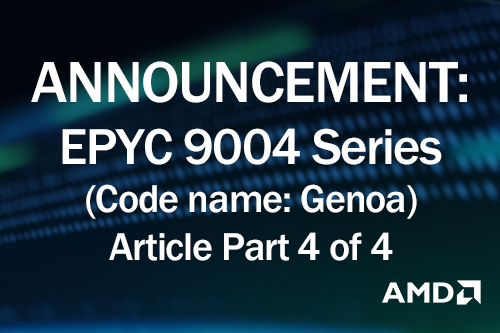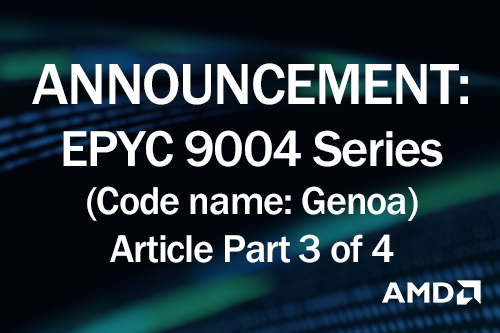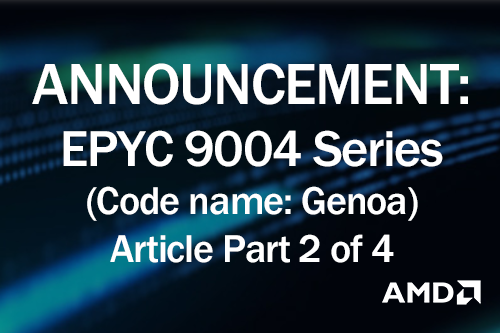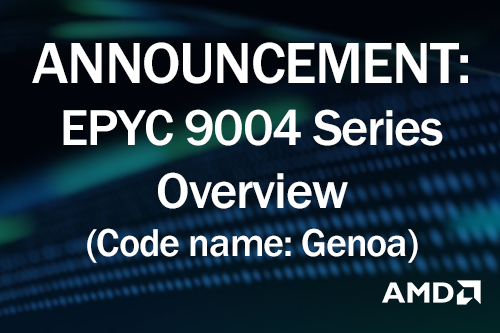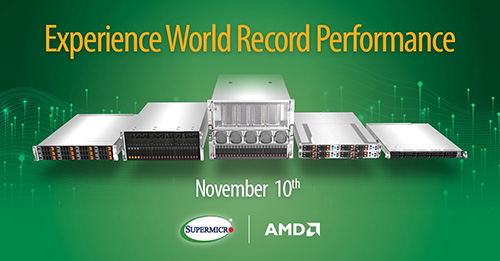The modern data center must be both highly performant and energy efficient. Massive amounts of data are generated at the edge and then analyzed in the data center. New CPU technologies are constantly being developed that can analyze data, determine the best course of action, and speed up the time to understand the world around us and make better decisions.
With the digital transformation continuing, a wide range of data acquisition, storage and computing systems continue to evolve with each generation of a CPU. The latest CPU generations continue to innovate within their core computational units and in the technology to communicate with memory, storage devices, networking and accelerators.
Servers and, by default, the CPUs within those servers, form a continuum of computing and I/O power. The combination of cores, clock rates, memory access, path width and performance contribute to specific servers for workloads. In addition, the server that houses the CPUs may take different form factors and be used when the environment where the server is placed has airflow or power restrictions. The key for a server manufacturer to be able to address a wide range of applications is to use a building block approach to designing new systems. In this way, a range of systems can be simultaneously released in many form factors, each tailored to the operating environment.
The new H13 Supermicro product line, based on 4th Generation AMD EPYC™ CPUs, supports a broad spectrum of workloads and excels at helping a business achieve its goals.
Get speeds, feeds and other specs on Supermicro’s latest line-up of servers





